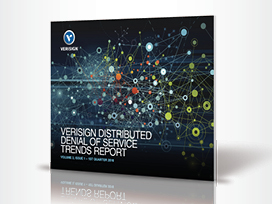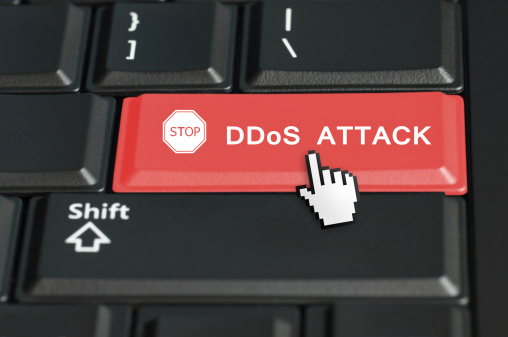Layer 7 attacks are some of the most difficult attacks to mitigate because they mimic normal user behavior and are harder to identify. The application layer (per the Open Systems Interconnection model) consists of protocols that focus on process-to-process communication across an IP network and is the only layer that directly interacts with the end user. A sophisticated Layer 7 DDoS attack may target specific areas of a website, making it even more difficult to separate from normal traffic. For example, a Layer 7 DDoS attack might target a website element (e.g., company logo or page graphic) to consume resources every time it is downloaded with the intent to exhaust the server. Additionally, some attackers may use Layer 7 DDoS attacks as diversionary tactics to steal information.





